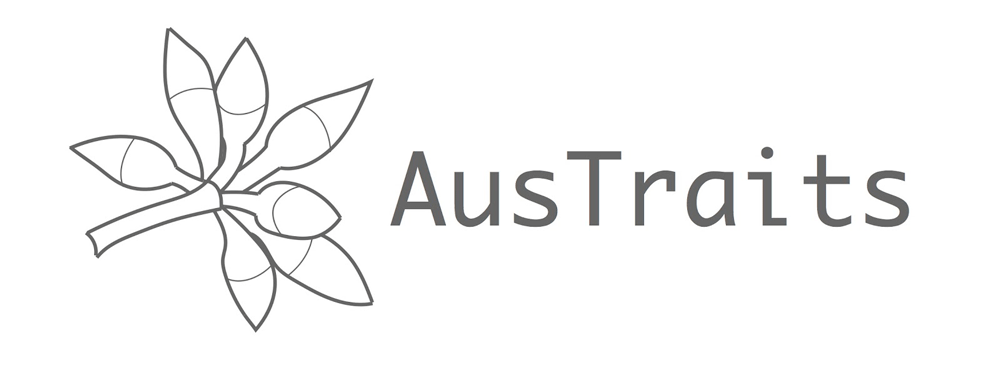Online Resources
Occurrence records map (0 records)
Datasets
datasets have provided data to the Atlas of Living Australia for this species.
Browse the list of datasets and find organisations you can join if you are interested in participating in a survey for species like Operculina sp. Cotton Island (J.Russell-Smith 5050)
Types
Specimens
Images
Misidentified

Names and sources
| Accepted Name | Source |
|---|---|
| Operculina sp. Cotton Island (J.Russell-Smith 5050) |
|
| According to:Cowie, I.D. & Albrecht, D.A. in Cowie, I.D. & Albrecht, D.A. (ed.) (2005), Checklist of Northern Territory Vascular Plant Species | |
|
Placeholder name has been treated as unique. |
|
| Synonym | Source |
|---|---|
| Operculina D40286 Cotton Island homotypic |
|
| Common Name | Source |
|---|---|
| Operculina preferred Australia Australia |
| Name | Source |
|---|---|
| Operculina sp. Cotton Island (J.Russell-Smith 5050) accepted |
|
|
Placeholder name has been treated as unique. |
|
| Identifier | Source |
|---|---|
| http://id.biodiversity.org.au/node/apni/2906767 Taxon unknown |
|
| https://id.biodiversity.org.au/name/apni/206645 Scientific Name current |
|
| https://id.biodiversity.org.au/node/apni/2906767 Taxon current |
|
| https://id.biodiversity.org.au/instance/apni/616653 Taxon Concept current |
|
Classification
- kingdom
- Plantae
- phylum
- Charophyta
- class
- Equisetopsida
- subclass
- Magnoliidae
- superorder
- Asteranae
- order
- Solanales
- family
- Convolvulaceae
- genus
- Operculina
- species
- Operculina Cotton-Island
Charts showing breakdown of occurrence records (0 records)
Name references found in the Biodiversity Heritage Library
| Data sets | Licence | Records |
|---|

The trait data shown here are a selection from AusTraits, an open-source, harmonised database of Australian plant trait data, sourced from individual researchers, government entities (e.g. herbaria) or NGOs across Australia. Traits vary in scope from morphological attributes (e.g. leaf area, seed mass, plant height) to ecological attributes (e.g. fire response, flowering time, pollinators) and physiological measures of performance (e.g. photosynthetic gas exchange, water-use efficiency.)
These traits are a sampler of those available in AusTraits. The data presented here are summary statistics derived from all field-collected data on adult plants available from AusTraits. Since the data presented are derived from the wide variety of sources in AusTraits, both the numeric trait statistics (min, mean, max) and categorical trait summaries (frequency of each trait value) that have been merged together could include data collected using different methods. The values presented for this species may reflect a summary of data from one or many sources, one or many samples from one or many adult plants at one or many locations. They may therefore differ from those presented elsewhere on the ALA platform and users are encouraged to download a spreadsheet of the full AusTraits data for this species via the download CSV button to view the accompanying details about the data sources before further use.
Categorical Traits
* Data sources in AusTraits report multiple values for this trait, suggesting variation across the taxon's range and life stages. Please download the raw data with information about the context of data collection to assess whether they are relevant to your project.| Trait Name | Trait Value | Definition |
|---|
Numeric Traits
| Trait Name | Min | Mean | Max | Unit | Definition |
|---|
